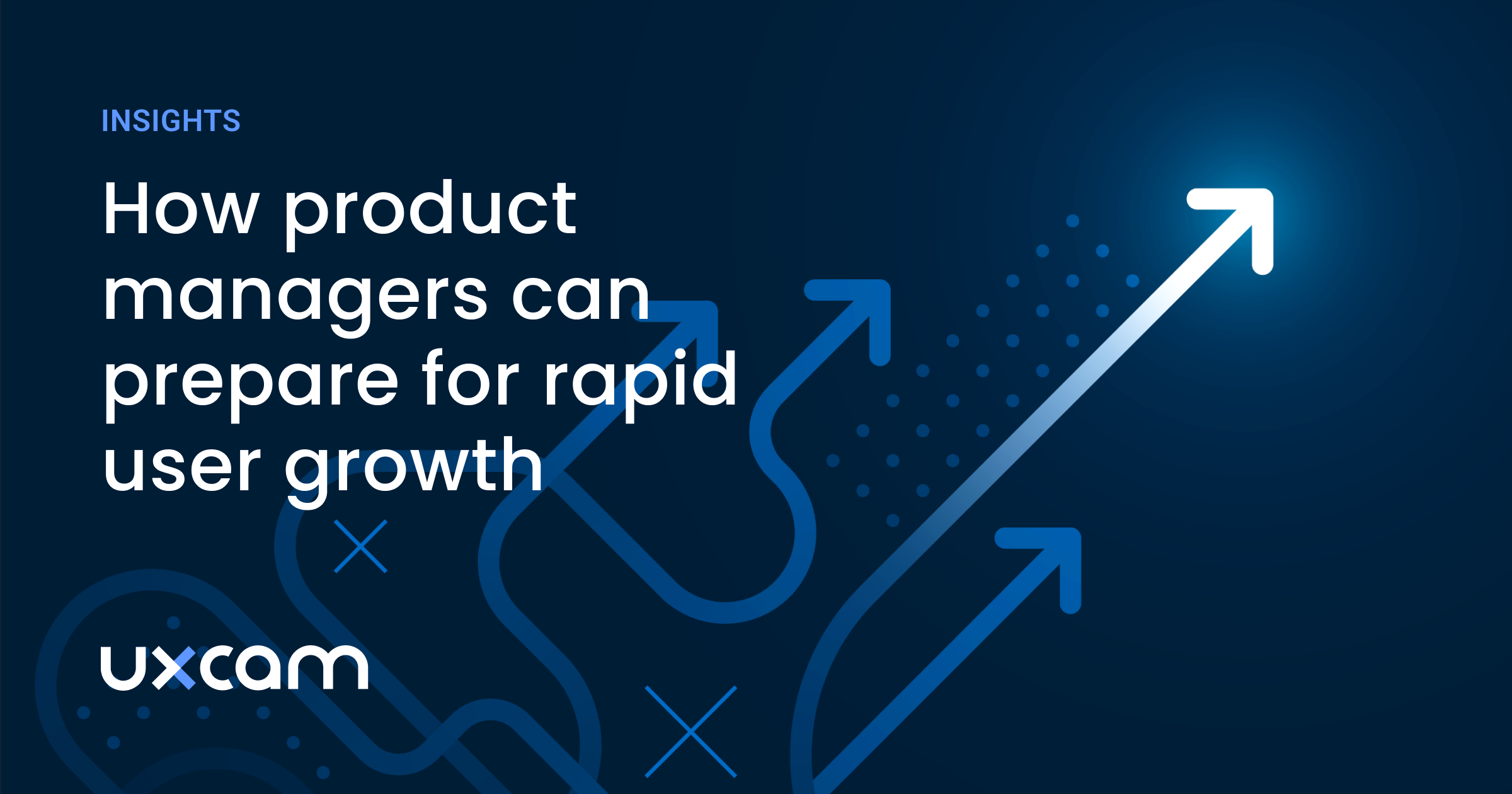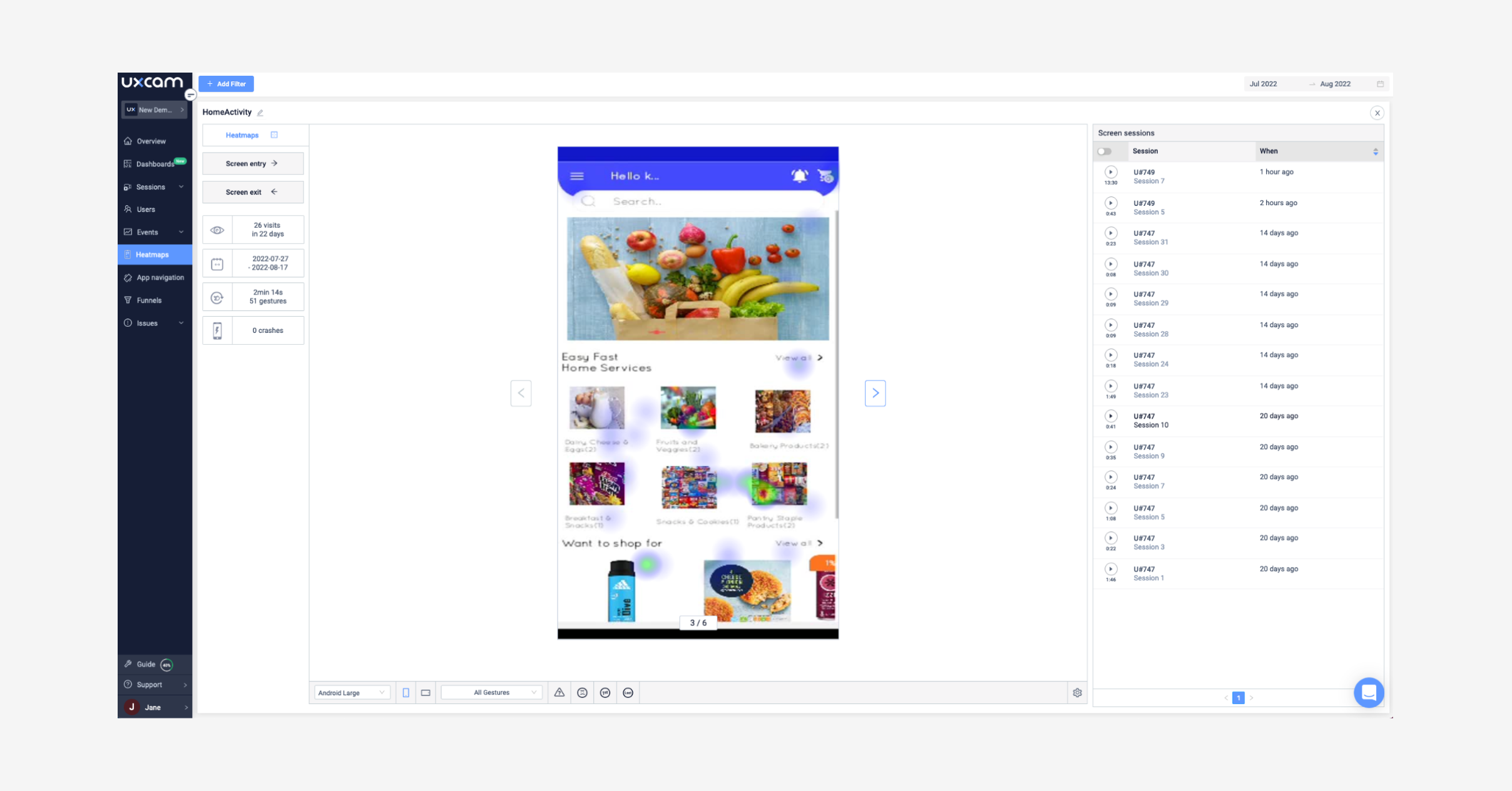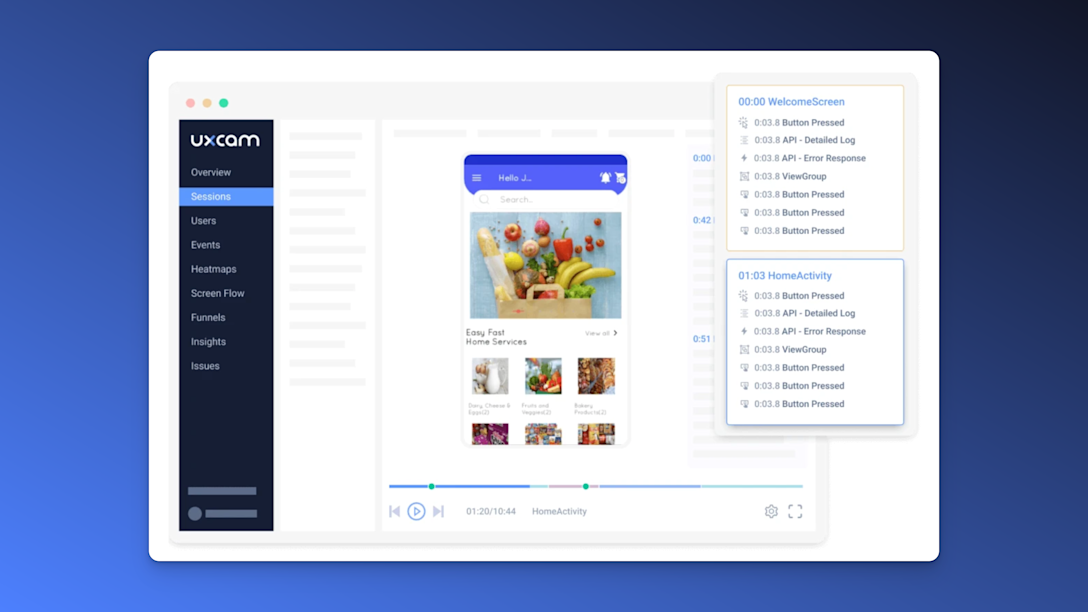How product managers can prepare for rapid user growth
PUBLISHED
19 September, 2022


Many successful digital businesses have likely had a period of sudden, rapid user growth. Mobile app companies can experience this as a result of a spike in demand, marketing campaigns, and international expansion.
Preparing for a sudden and significant increase in users could lead to strong user adoption, but without preparation, they can drop off and the traction will come to a halt. Gan Zhang, senior product manager at a digital travel company, deep dives into the risks of not being prepared for rapid user growth and how you can better set your team up for success. For the purposes of this article, we’ll be focusing on web and mobile app e-commerce.
What is rapid growth and what are the challenges?
Rapid growth usually occurs within a short time. It’s a period when your number of active users significantly increases at speed. While it is exciting to tap into new territories, the growth is associated with some risks:
Increased web/app traffic causes longer load time and worsens app performance
Due to a lack of historical customer behaviors, the apps may not be able to customize or personalize user experience leading to a low retention rate.
Customer experience may suffer if customer care, supply chain, and other components in the user journey can’t provide high-quality post-sale services.
The existing pricing strategy will not be applicable, making it crucial to optimize pricing algorithms ahead of time.
Mishandling the risks could lead to a low retention rate, a drop in conversion, and a loss in profitability. A seasoned product manager should oversee the overall user experience, monitor product health, and analyze product P/L (profit and loss). This article will discuss alignments that product managers should initiate across the organization in anticipation of rapid growth in users and transactions in order to capitalize on growth opportunities and invest in user acquisition.
You may also be interested in How to measure, analyze and reduce app churn.
How to handle increased traffic from rapid growth
Before we discuss the solution, understanding the impact of the problem will help PMs align with their organization. Website conversion rates drop by an average of 4.4% with each additional second of load time. What’s more pressing is that pages with the highest conversion rates curb their load times by less than 2 seconds.
Unsurprisingly, mobile apps and pages typically take much longer to load than their desktop counterparts. Having a growing number of visitors means a growing number of requests to the server, which would further slow down the mobile experience.
To preempt a high bounce rate with your apps upon increased traffic, product managers need to forecast the level of peak traffic, so your web teams can prepare resources for the website. Common solutions include compressing images and videos or improving server response time. Product managers can consider involving subject matter experts within the organization to decide on the best approach.
You might also be interested in Mobile app KPI dashboard examples and how to use them
Personalize user experience for new users
The success of e-commerce hinges on the creation of tailored experiences for each and every customer. Market research shows that successful activation is critical to retention or recurring revenue.
Improving activation—which takes place when users first experience the value the app promised—by just 25%, can result in a 34.30% lift in monthly recurring revenue.
However, the personalization algorithm has typically been trained for existing users, and its performance is heavily contingent on the user data and behaviors, which take time to collect. Despite the challenges in personalization for new users, there are still tactics that have proven to be effective.
Collect basic data during onboarding
There are easy ways to set up a quick survey during sign-up. The apps and sites can easily collect information such as name, age, company the user works for, location, hobbies, etc. As an example, Spotify’s sign-up flow is exemplary in the sense that not only are they able to collect the data they need for music recommendations, but the sign-up experience is also considerably interactive, elevating the user experience.

Segment users immediately after sign-up
You can create user segments automatically based on the user data you collect during onboarding or by enabling users to choose their own journey. Meditation app, Headspace, lets users self-select their path after signing up. Based on their choices, the app recommends a different set of meditation exercises for users to complete each day, creating a more personalized product experience.

Tap into users’ motivation with a personalized plan
For products that help users with far-reaching and complex goals, such as financial planning and health insurance management, the apps and sites also need to boost user confidence by improving the ease of use for individual users.
These types of apps/sites typically have a wide range of features and functions, which can lead to an overwhelming navigating experience. Therefore, user segmentation would not be granular enough. It is important to understand the user's motivation upfront and allow them to choose a subset of features that are most relevant. Other features can be promoted at a later stage through follow-up emails or in-app notifications.
Automate user behavior tracking
To understand user motivation, track user behavior analytics. In any company, setting up the process of collecting user behavior data can be an arduous process. You may have to request data from the data team, who will have to pull it from a data warehouse (if they have the data), and then give you access to a dashboard tool so you can 'self-serve’. But of course, the learning curve is often too steep for your average product manager. Worse yet, if the data team doesn’t have the data you need, you have to request it from data generation teams.
Use a tool that automates data capture. By integrating an analytics tool, micro-interaction data, session recordings, and heatmaps can be auto-captured in the background. By having this set up, you can filter down to old or new users, segment further, and understand the motives of user behavior before and after the period of rapid growth.
For example, heatmaps and session replays are two types of data that can be automatically captured just by installing a mobile app analytics SDK. Once you’ve integrated them — which usually takes no longer than 30 minutes for a basic setup, they will automatically capture behavior data, ready for analysis.
Heatmaps - once you’ve segmented the users you want to understand better, this quantitative data can tell you which part of the app users use the most, which parts frustrate them, and which features are underutilized.

Session replays - Once you’ve decided which filters or segments to apply you can start analyzing your sessions and playing the videos. This gives you a more holistic understanding of the needs and drives of your user behaviors. You can send app logs to your development team to help them get the full context of the users' actions so you can improve their experience.

Scale up post-sale services with automation
Post-sale services look different across industries. To guarantee smooth post-sale services during a user growth period, companies are bound to invest in technical infrastructure and personnel. Investment decisions can only be cost-effective if they are empowered by predictive analytics.
In the e-commerce industry, anticipating the equilibrium of supply and demand is always challenging. During a high-demand shopping period, there are several interconnected components in the value delivery chain, including but not limited to stocking inventories, packaging, dispatching orders, issuing refunds and replacements, and canceling orders.
The performance of each component has a direct impact on the overall value chain. Knowing as much information as possible upfront becomes more and more crucial. We have seen various predictive models developed by companies such as Amazon and Walmart, to trigger automated actions, such as reordering inventories from suppliers and moving inventories from one warehouse to another ahead of time to speed up the dispatch.
These predictive models are getting more and more granular and precise, which boosted companies' decisions to integrate predictive analytics into their technical infrastructure to enable automation.
From a personnel perspective, companies could also rely on predictive analytics and automation to manage their workforce wisely in a hyper-growth period. The writer works in the travel industry and that industry has seen a sharp surge in demand for post-sales services due to changes and cancellations caused by COVID and airport operations.
Actions taken include creating a workflow that automates less complex change and cancellation orders, launching post-sale products such as chatbots to reduce call center volumes, and advertising a premium refund-protect product aggressively that guarantees an automated refund for any reason. These actions collectively lowered the workload and emotional pressure on our customer care team members.
Adjust pricing algorithms to prepare for potential scenarios
For e-commerce companies, failing to adjust pricing strategy during the growth period could be a missed opportunity since pricing is a key factor in customer purchasing decisions. Depending on the nature of the growth period, such as targeting user acquisition (e.g Uber) or increasing revenue (Black Friday), companies need to adopt flexible pricing strategies to serve their purposes. For example, companies like Amazon typically profit from bundling products to drive cross-sell and upsell revenue. These strategies typically require tech enablement and A/B testing to debug and optimize; therefore, planning a buffer for development and testing is crucial.
Despite challenges, rapid user growth is an exciting period that companies can capitalize on. From a customer experience standpoint, monitoring the website performance, personalizing new user experiences, and scaling up post-sale services can enable your organization to go a long way. Moreover, rapid user growth can also lead to immediate financial gains and high ROI, if the companies properly define commercial and pricing strategies.
You might also be interested in:
AUTHOR

Gan Zhang
Gan Zhang has product management experience in market intelligence and e-commerce industries with a specialization in data products including machine learning models, data platforms, and analytics tools. Currently, Gan works at a global online travelling agency leading the development of data science products. Gan holds a Master Degree in Business Analytics from Duke University's Fuqua School of Business.
What’s UXCam?
Related articles
Product best practices
Como Encontrar Usuários Ativos De Um Aplicativo
Descubra estratégias comprovadas para identificar e engajar usuários ativos do seu app, aumentar a retenção, impulsionar o crescimento e maximizar o sucesso do seu...

Tope Longe
Growth Marketing Manager
Product best practices
Product Performance Analysis - A 7-Step Playbook with UXCam
Learn how to use product performance analysis to improve UX, boost retention, and drive growth with actionable steps and...

Tope Longe
Growth Marketing Manager
Product best practices
How to Increase Mobile App Engagement (10 Key Strategies)
Discover the top strategies for increasing mobile app engagement and user retention. From push notifications to app gamification, our expert tips will help you boost...

Tope Longe
Growth Marketing Manager